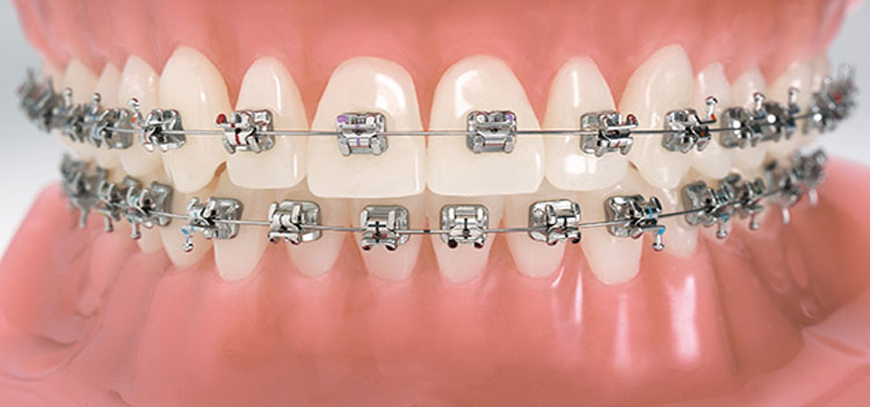Clinic Time:
- Morning: 10 A.M - 2 P.M
Evening: 4:00 P.M - 9 P.M
Contact Info
-
Phone: +91-6261474753
- Send an email
Orthodontic Treatment

Orthodontics is the branch of dentistry that corrects teeth and jaws that are positioned improperly. Crooked teeth and teeth that do not fit together correctly are harder to keep clean, are at risk of being lost early due to tooth decay and periodontal disease, and cause extra stress on the chewing muscles that can lead to headaches, TMJ syndrome and neck, shoulder and back pain. Teeth that are crooked or not in the right place can also detract from one's appearance.
The benefits of orthodontic treatment include a healthier mouth, a more pleasing appearance, and teeth that are more likely to last a lifetime. A specialist in this field is called an orthodontist. Orthodontists receive two or more years of education beyond their four years in dental school in an ADA-approved orthodontic training program.
How do I Know if I Need Orthodontics?
Only your dentist or orthodontist can determine whether you can benefit from orthodontics. Based on diagnostic tools that include a full medical and dental health history, a clinical exam, plaster models of your teeth, and special X-rays and photographs, an orthodontist or dentist can decide whether orthodontics are recommended, and develop a treatment plan that's right for you.
How Does Orthodontic Treatment Work?
Many different types of appliances, both fixed and removable, are used to help move teeth, retrain muscles and affect the growth of the jaws. These appliances work by placing gentle pressure on the teeth and jaws. The severity of your problem will determine which orthodontic approach is likely to be the most effective.
An orthodontist can carry out work that aims to achieve the following:
- closing wide gaps between the teeth
- aligning the tips of the teeth
- straightening crooked teeth
- improving speech or chewing ability
- boosting the long-term health of gums and teeth
- preventing long-term excessive wear or trauma of the teeth
- treating an improper bite
Treatment can improve the appearance of the teeth, but it can also lead to better chewing and speech function and help protect teeth from damage or decay, in some cases. To achieve these goals, the orthodontist uses a range of medical dental devices, including headgear, plates, and braces.
Who should see an orthodontist?
If the jaws and teeth do not develop properly, malocclusion can result. The teeth will be crooked and misaligned, and the bottom and top sets of teeth may not line up. Malocclusion is not a disease and it does not affect physical health. It is a variation in the position of teeth. However, it may impact the shape of the face and the appearance of the teeth, resulting in embarrassment, a lack of self-confidence, and even depression.

